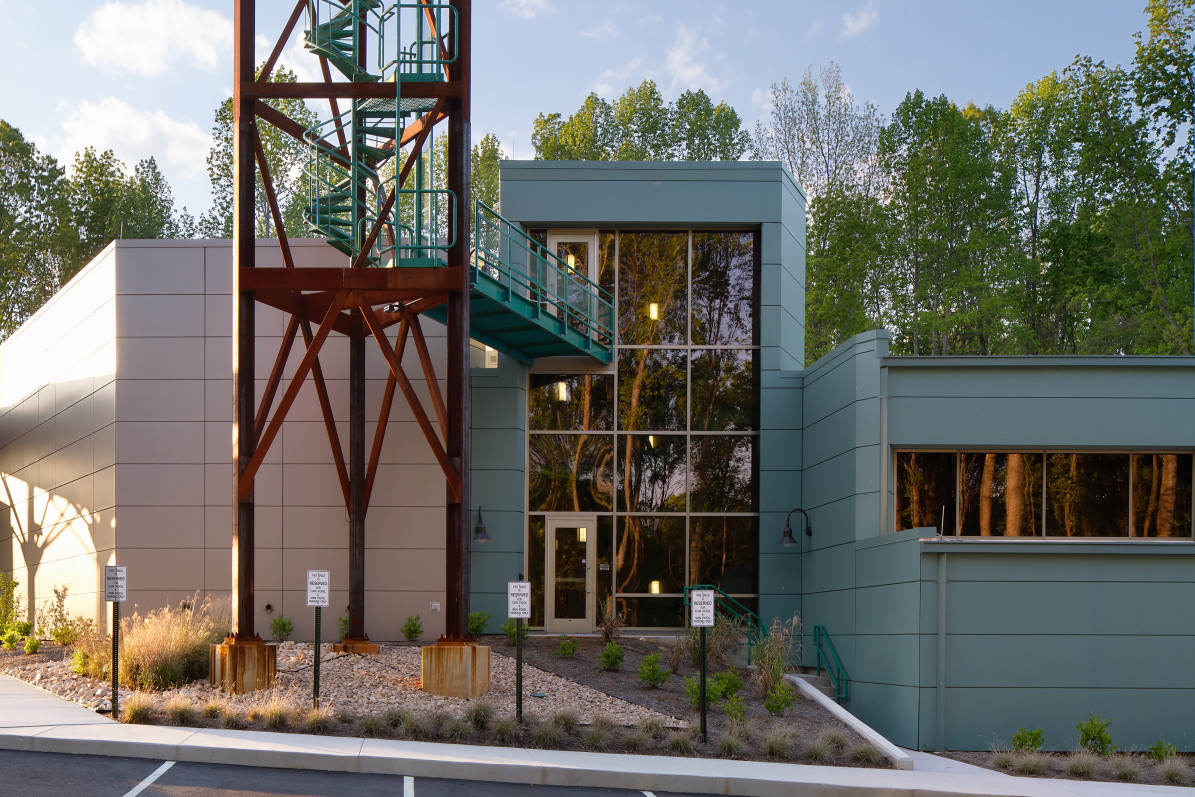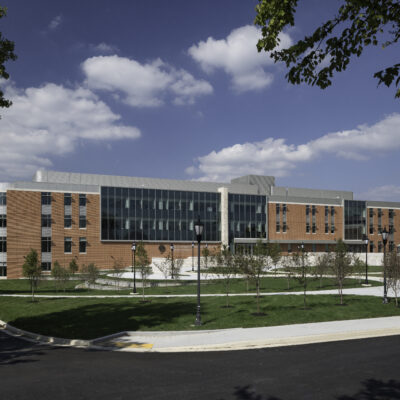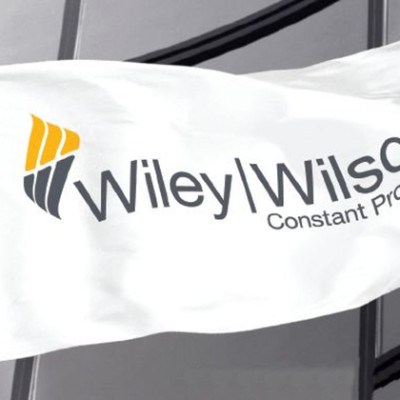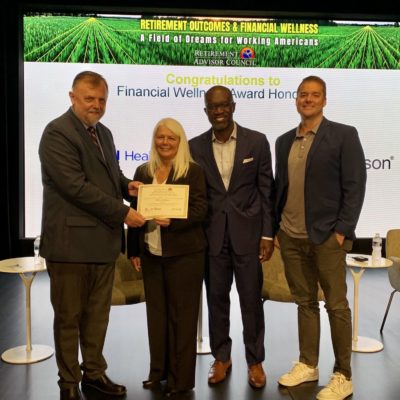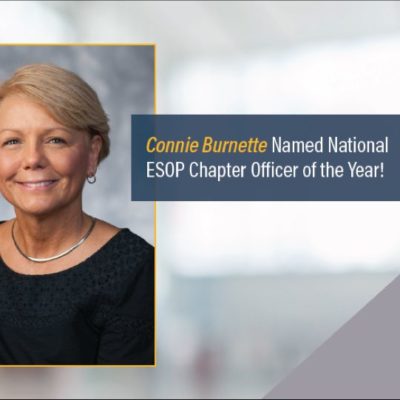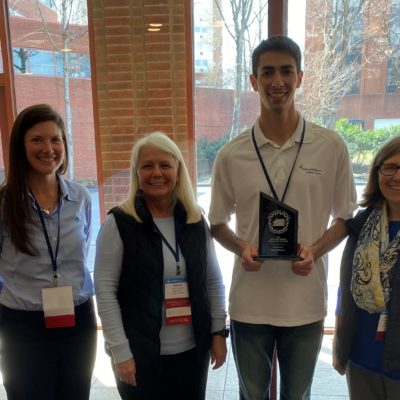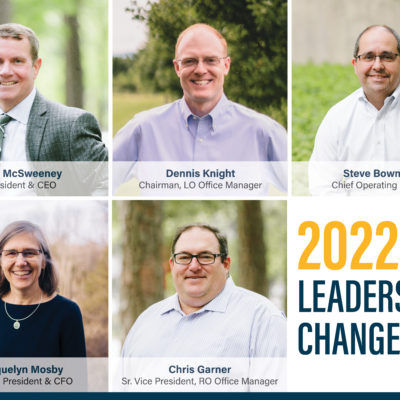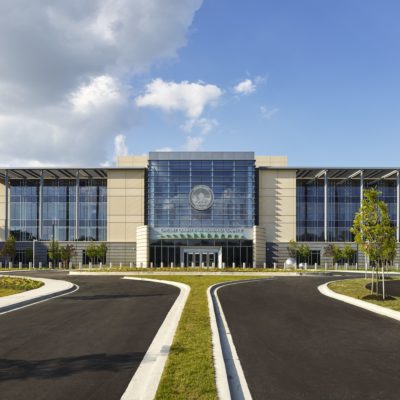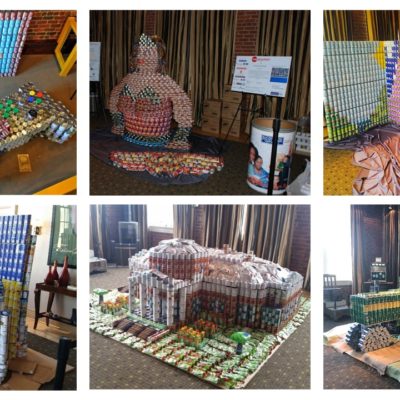Wiley|Wilson-designed CAER Receives LEED Certification
The Center for Advanced Engineering & Research in Bedford County, VA, for which Wiley|Wilson provided architectural and engineering design services, has earned LEED® Certification by the U.S. Green Building Council. LEED is the nation’s preeminent program for the design, construction and operation of high performance green buildings. This certification means that the facility meets specific environmental requirements and uses best-in-class sustainable strategies.
“We are extremely pleased that CAER has earned LEED certification, a rating that signifies the facility’s green design and environmental efficiency,” said Dennis Knight, Jr., PE, Wiley|Wilson Vice President, Project Manager. “From as early as the initial design consultation, earning LEED certification was a clearly stated goal and we are proud that we were able to help our client achieve that.”
CAER earned LEED certification for energy use, lighting, water, and material use, as well as incorporating sustainable strategies that have had positive effects on both the project and the greater community. Some of these features include:
- Controlled lighting for occupancy and daylighting
- Optimized energy performance
- Certified wood from sustainable foresting practices
- Domestic water savings of 30 percent
- Low-impact site selection
CAER is a 35,800 SF facility that provides area businesses, federal laboratories, and educational facilities with a central location that facilitates technological development and provides a space for collaborative research. The space includes four research areas with configurable spaces, adaptable high-bay areas, and conference and classrooms.
“LEED certification continues to be in important objective for our clients and we are pleased to help them incorporate green best practices and environmentally sound design elements into their projects,” Mr. Knight added.
By using less energy and water, LEED-certified buildings save money for families, businesses, and taxpayers; reduce greenhouse gas emissions; and contribute to a healthier environment for residents, workers, and the larger community.
.
About the U.S. Green Building Council
The Washington, D.C.-based U.S. Green Building Council is committed to a prosperous and sustainable future for our nation through cost-efficient and energy-saving green buildings. With a community comprising 80 local affiliates, more than 18,000 member companies and organizations, and more than 167,000 LEED Professional Credential holders, USGBC is the driving force of an industry that is projected to contribute $554 billion to the U.S. gross domestic product from 2009-2013. USGBC leads an unlikely diverse constituency of builders and environmentalists, corporations and nonprofit organizations, elected officials and concerned citizens, and teachers and students. Buildings in the United States are responsible for 39% of CO2 emissions, 40% of energy consumption, 13% water consumption and 15% of GDP per year, making green building a source of significant economic and environmental opportunity. Greater building efficiency can meet 85% of future U.S. demand for energy, and a national commitment to green building has the potential to generate 2.5 million American jobs.
USGBC was co-founded by current President and CEO Rick Fedrizzi, who spent 25 years as a Fortune 500 executive. Under his 15-year leadership, the organization has become the preeminent green building, membership, policy, standards, influential, education and research organization in the nation. For more information, visit www.usgbc.org.
About LEED
The U.S. Green Building Council’s LEED green building certification system is the foremost program for the design, construction and operation of green buildings. Over 100,000 projects are currently participating in the LEED rating systems, comprising over 8 billion square feet of construction space in all 50 states and 114 countries. By using less energy, LEED-certified buildings save money for families, businesses and taxpayers; reduce greenhouse gas emissions; and contribute to a healthier environment
